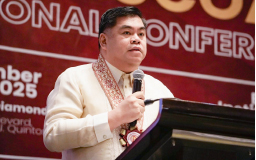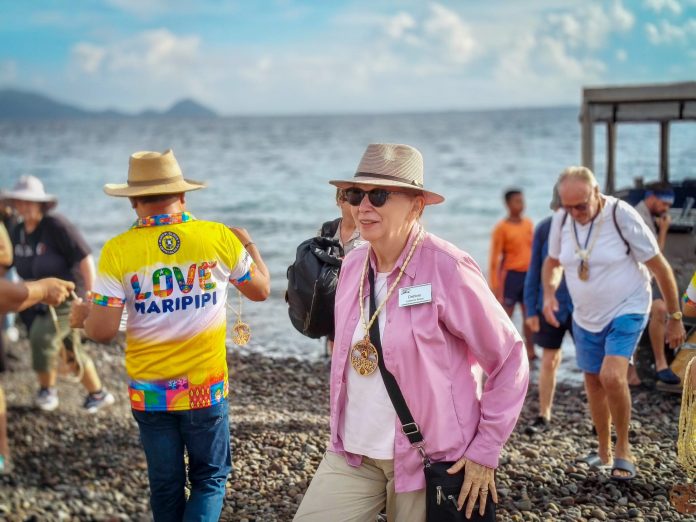
(FILE PHOTO)
TACLOBAN CITY — Tingog party-list Rep. Jude Acidre said government medical assistance programs have become a critical safety net for patients burdened by high hospital costs, citing what he described as the inadequate and declining coverage of PhilHealth, especially for serious and life-threatening illnesses.
Acidre dismissed allegations that medical assistance is being used for political patronage, stressing that the aid has become necessary due to widening gaps in PhilHealth coverage as medical expenses increase.
“The aid has become necessary because PhilHealth coverage gets smaller the higher the hospital bill becomes,” Acidre said.
The lawmaker explained that while PhilHealth covers about 70 to 74 percent of hospital bills below P50,000, the coverage sharply declines for higher-cost treatments. For hospital expenses ranging from P100,000 to P300,000, PhilHealth pays only about 10 percent, while bills between P300,000 and P500,000 receive around five percent coverage. For expenses exceeding P500,000, PhilHealth shoulders only about three percent, he added.
Patients undergoing cancer treatment, prolonged intensive care, dialysis, and major surgeries are among those most affected, Acidre said, noting that these are often the cases where financial support is most urgently needed.
“The more serious the illness becomes, the thinner the protection actually gets,” he said.
Acidre also pointed out that more patients are now turning to government hospitals such as the Eastern Visayas Medical Center (EVMC), where the number of confined patients has doubled over the past four years due to the rising cost of treatment in private hospitals.
He questioned where patients could seek help if not from the government, given the limited assistance provided by PhilHealth for high-cost medical cases.
Responding to concerns about politicization, Acidre said the Department of Health (DOH) has issued an administrative order governing the implementation of the medical assistance program, emphasizing that no political endorsement is required to avail of the aid.
He added that the funds are released directly to hospitals and do not pass through politicians, underscoring safeguards meant to ensure transparency and prevent political influence.
(LIZBETH ANN A. ABELLA)






